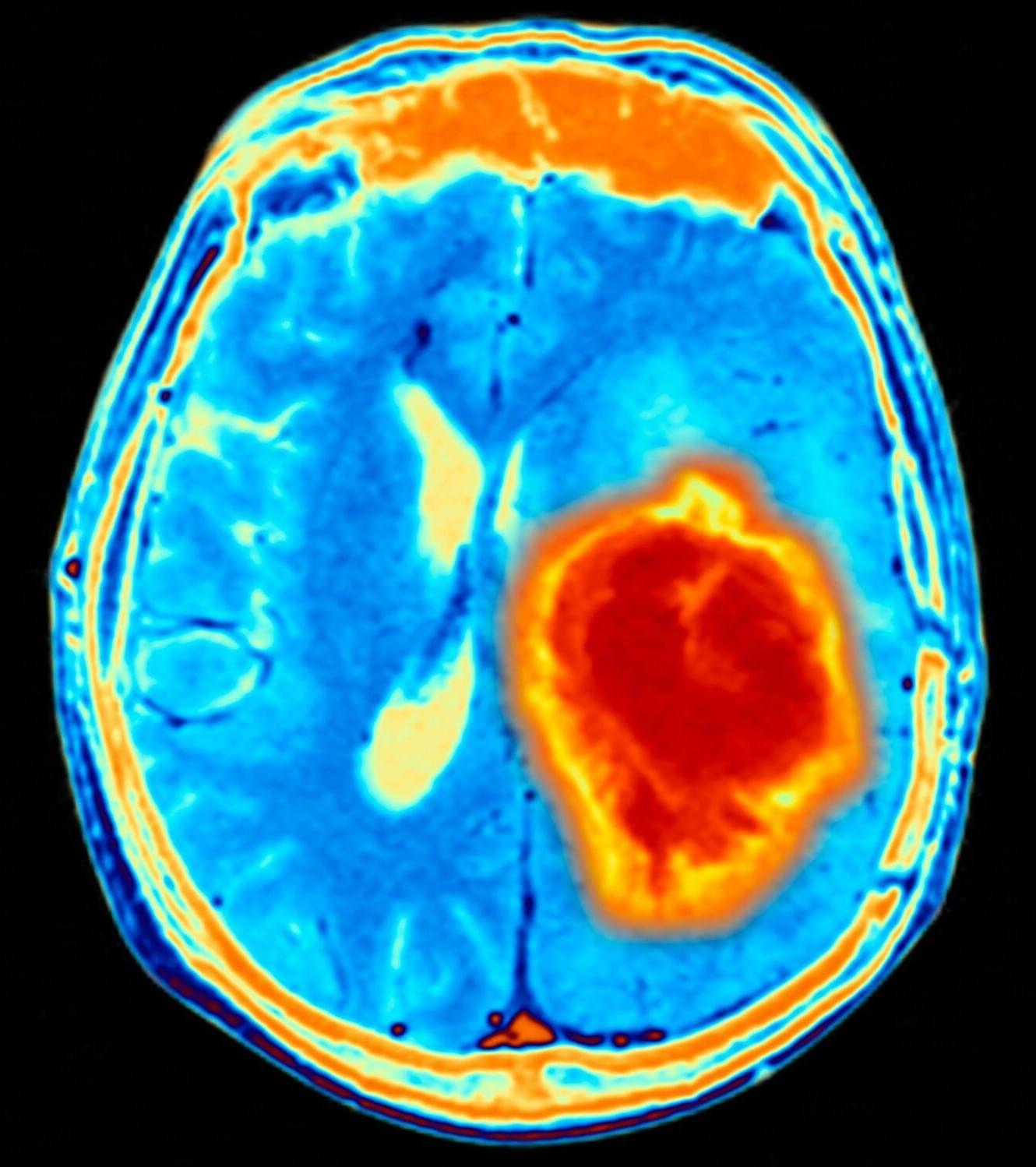Colliding beams of lead create fast-moving, short-lived gold ions. Understanding the process could help to refine particle accelerator experiments.





Please see my latest Security & Tech Insights newsletter. Thanks and have a great weekend!
Link.
Dear Friends & Colleagues, please refer to the latest issue of the Security & Tech Insights newsletter. In this issue, several articles highlight emerging tech trends for 2025. Some of these topics were also selected by Forrester’s research on emerging technologies in 2025, which highlights tech that will help drive AI-led innovation while enabling long-term resilience. Thanks for reading and stay safe! Chuck Brooks.
#artificialintelligence #quantum #robotics #emergingtech #tech #trends #space #security | on LinkedIn.



Prevost, Robert] on Amazon.com. *FREE* shipping on qualifying offers.

The new findings could help improve vaccine effectiveness in some immunocompromised patients. Researchers at the University of Colorado Anschutz Medical Campus have uncovered a critical, previously underappreciated role for B cells in vaccine protection. Best known for producing antibodies, B cells also guide other immune cells, specifically CD8 T cells, teaching them how to mount lasting defenses after vaccination.
The study was recently published in The Journal of Clinical Investigation.
“Think of CD8 T cells as rookie firefighters,” said lead author Jared Klarquist, PhD, assistant research professor of immunology and microbiology at the University of Colorado School of Medicine. “B cells teach the class on pacing. Without them, the rookies rush in, fight hard, and quit. They don’t save anything for the next fire.”

In an experiment reminiscent of the Transformers movie franchise, engineers at Princeton University have created a type of material that can expand, assume new shapes, move and follow electromagnetic commands like a remotely controlled robot even though it lacks any motor or internal gears.
“You can transform between a material and a robot, and it is controllable with an external magnetic field,” said researcher Glaucio Paulino, the Margareta Engman Augustine Professor of Engineering at Princeton.
In an article published April 23 in the journal Nature, the researchers describe how they drew inspiration from the folding art of origami to create a structure that blurs the lines between robotics and materials. The invention is a metamaterial, which is a material engineered to feature new and unusual properties that depend on the material’s physical structure rather than its chemical composition. In this case, the researchers built their metamaterial using a combination of simple plastics and custom-made magnetic composites. Using a magnetic field, the researchers changed the metamaterial’s structure, causing it to expand, move and deform in different directions, all remotely without touching the metamaterial.

Countries in the Global South risk being left out of the quantum revolution — along with its economic, technological and security benefits — due to growing export controls, siloed research initiatives and national security concerns, a new policy analysis argues.
In the first of a series of articles on quantum technologies published by the policy journal Just Securit y, researchers Michael Karanicolas, of Dalhousie University, and Alessia Zornetta, of UCLA Law, examine how the geopolitics of emerging quantum technologies are replicating long-standing patterns of technological exclusion. The authors argue that absent meaningful interventions, quantum could become another engine of global inequality, one that threatens to lock poorer nations out of the next era of technological and economic development.
The authors trace the roots of this divide to export control regimes that are quickly expanding in response to the strategic potential of quantum systems. Since 2020, governments in the U.S., EU and China have implemented targeted restrictions on quantum-enabling hardware, software, and communications systems.